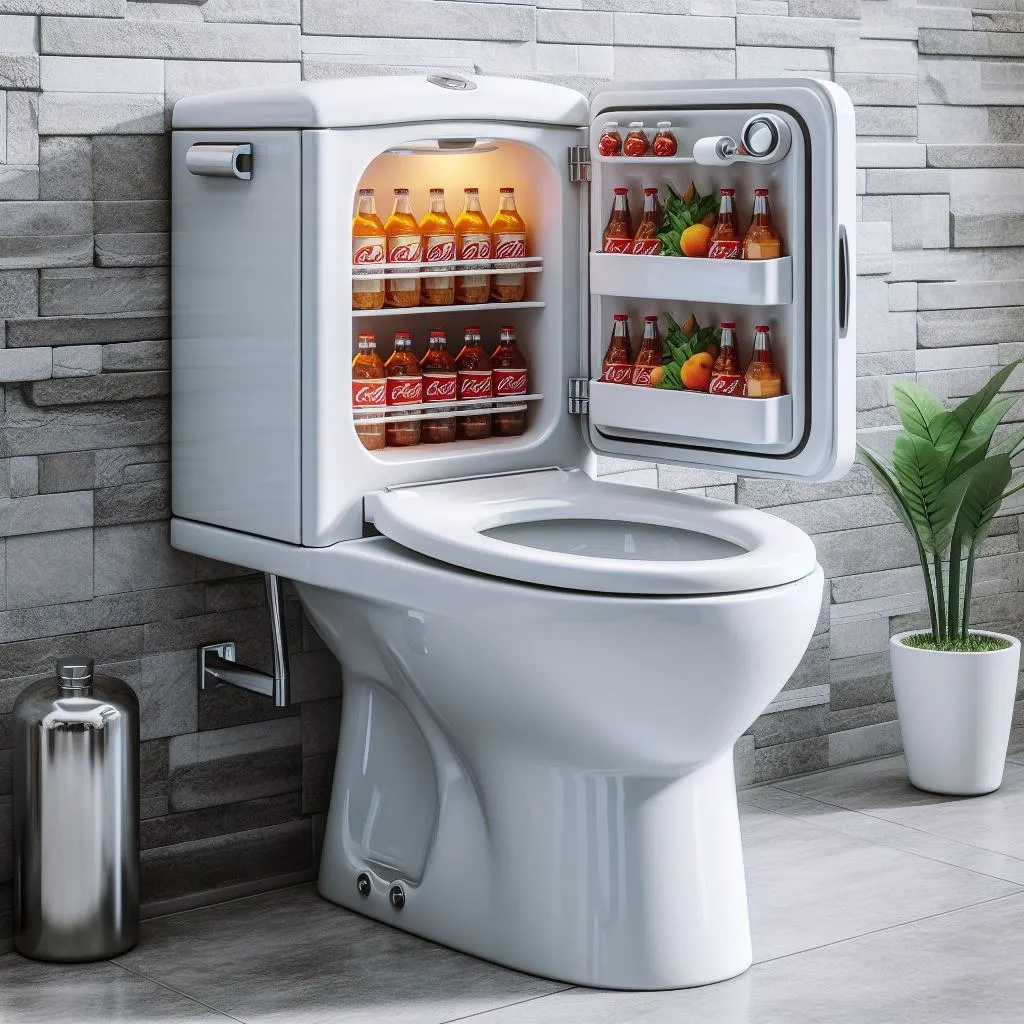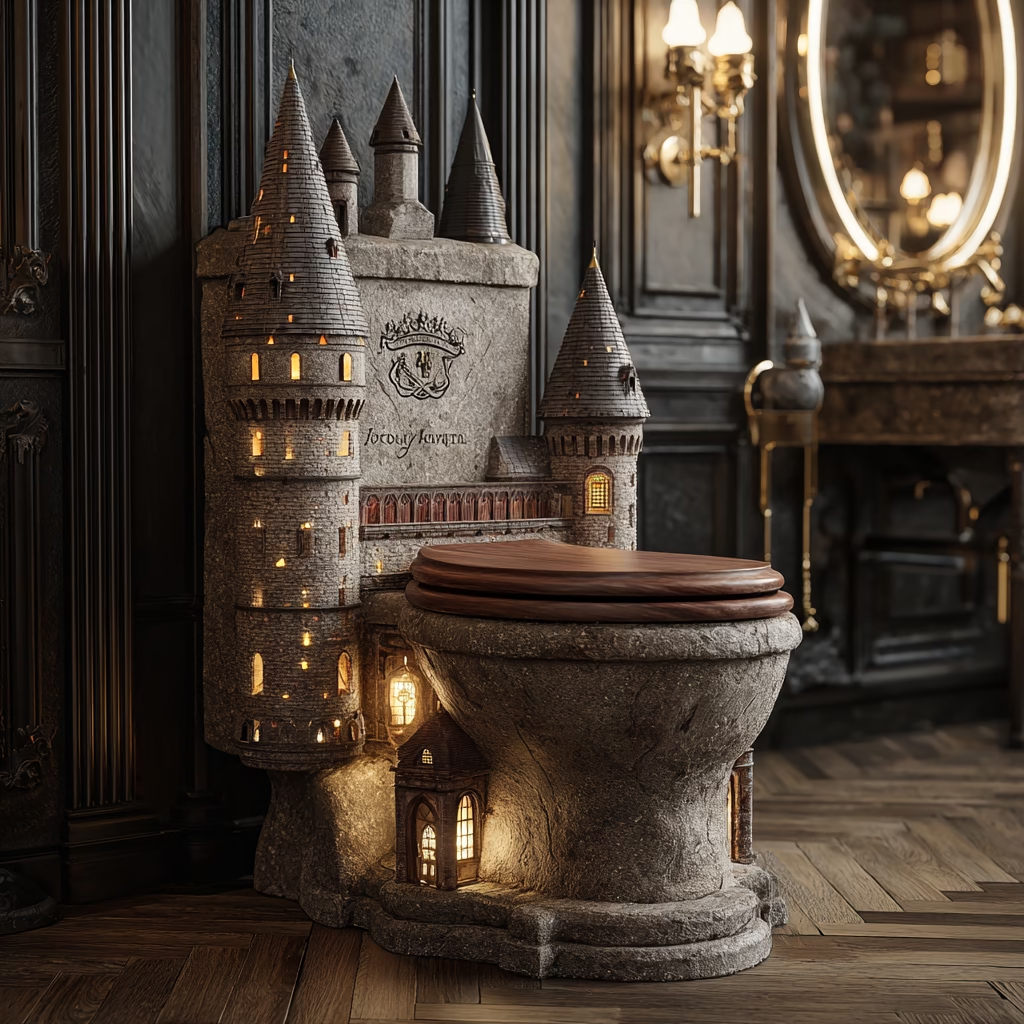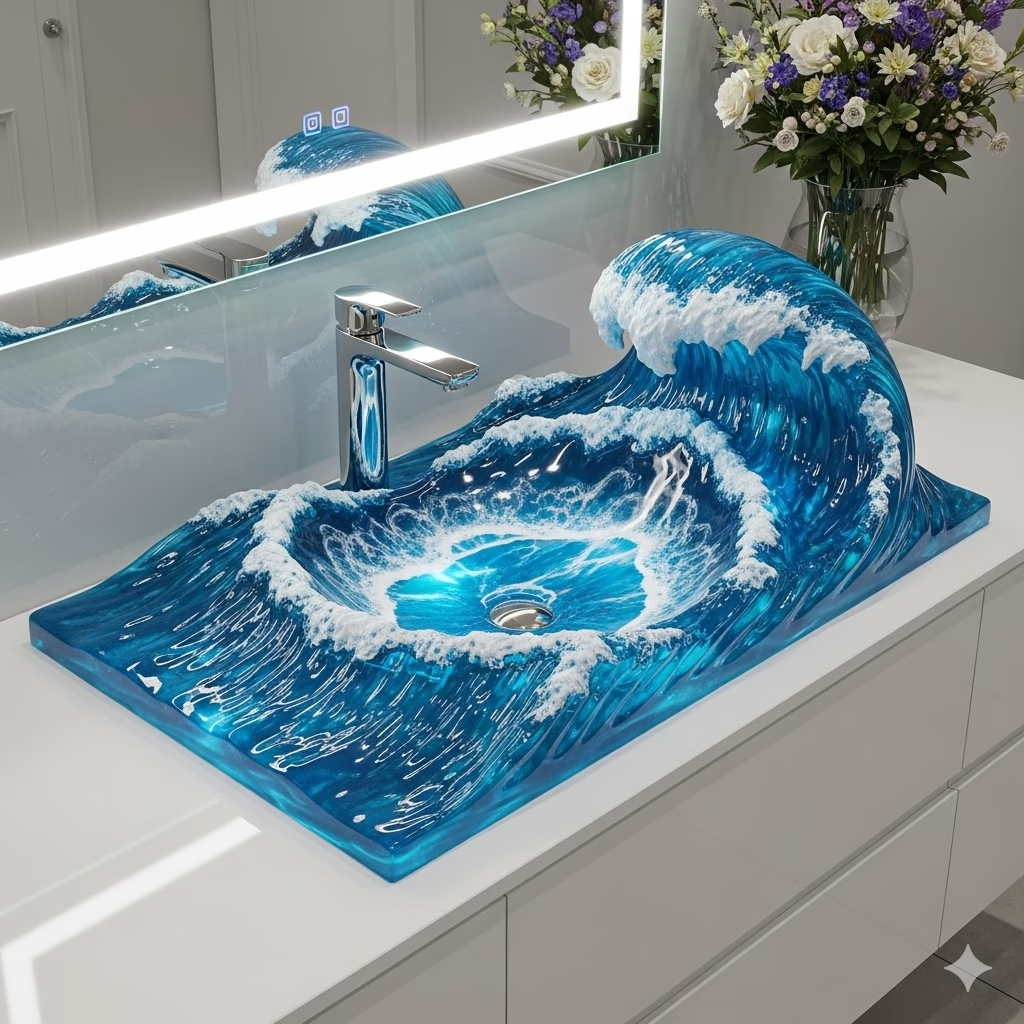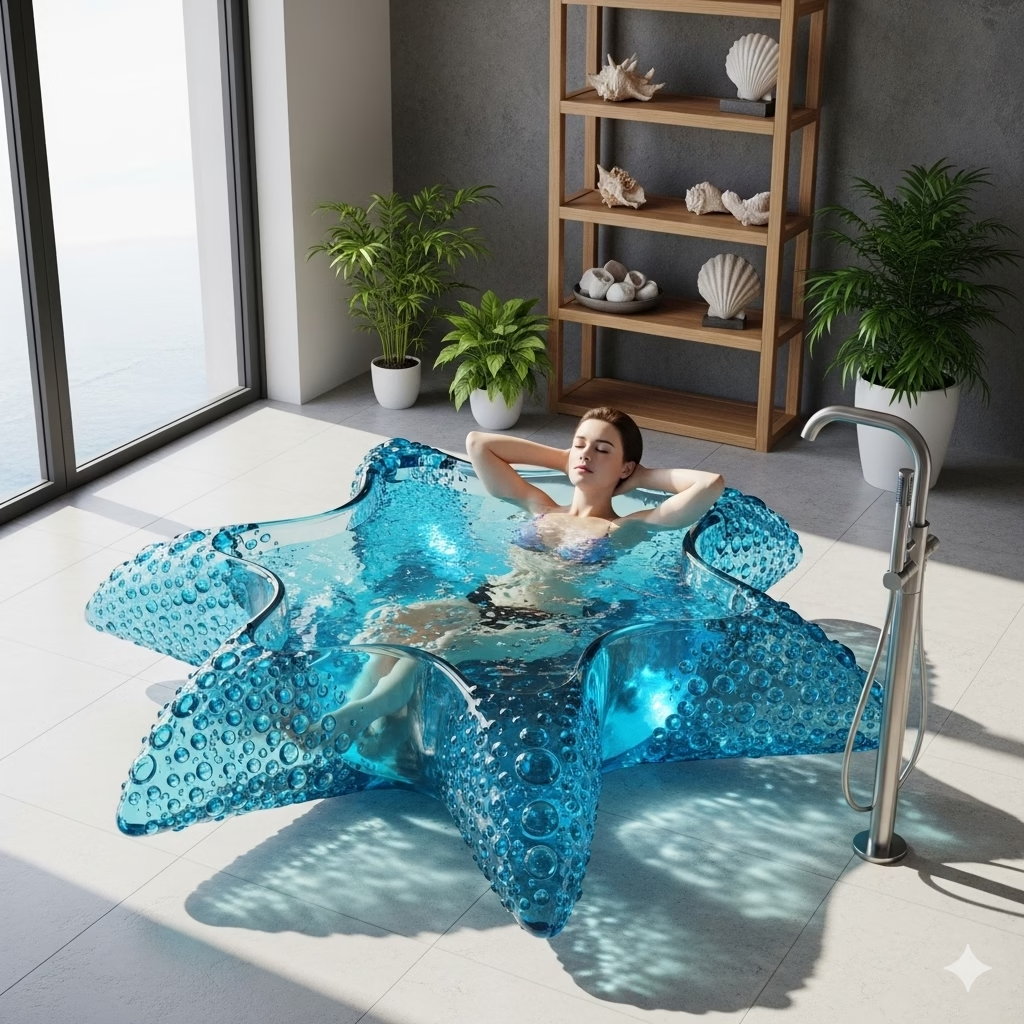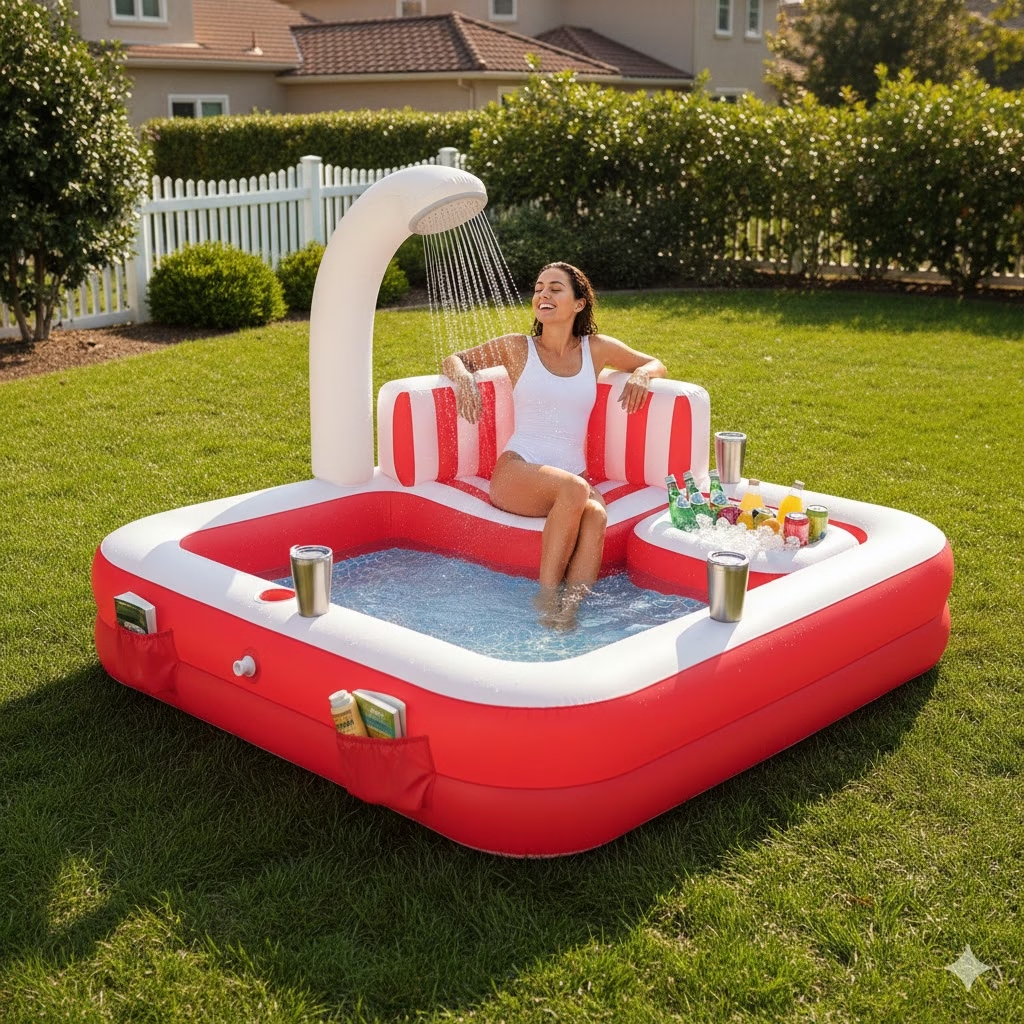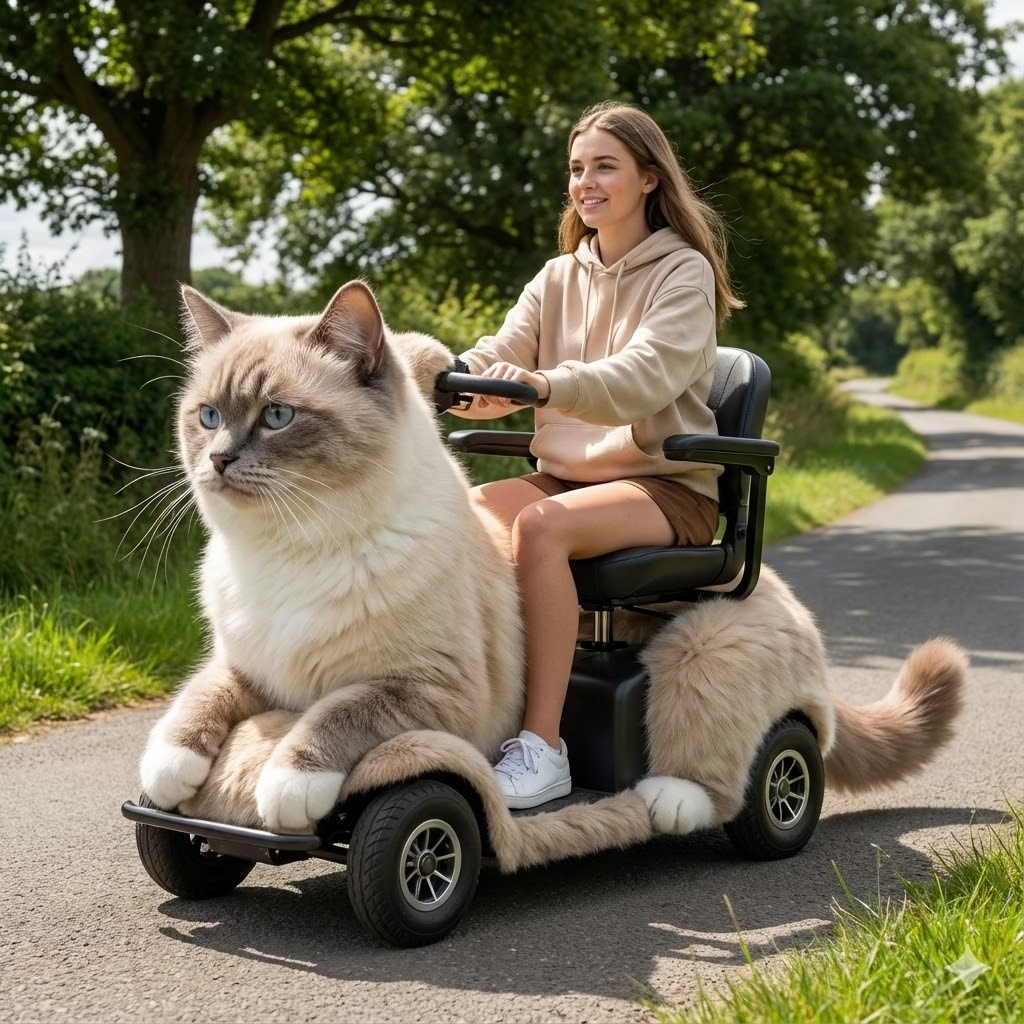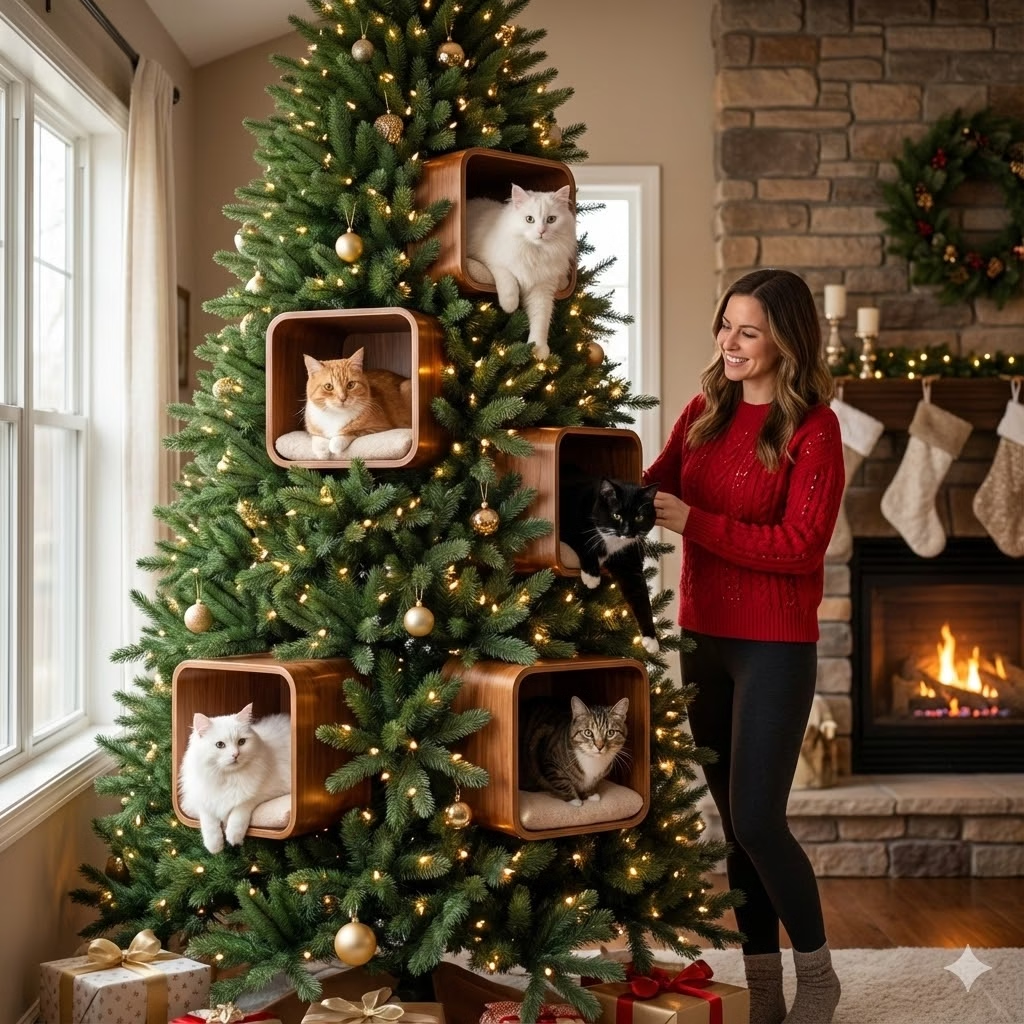In the ever-evolving landscape of modern design and functionality, innovation knows no bounds. From the simplicity of early inventions to the complexity of today’s smart devices, our quest for convenience and efficiency continues to drive extraordinary creations. One such unique invention that has recently captured the imagination of designers and consumers alike is the “mini fridge shaped toilet”. This concept, though unconventional, combines utility with a whimsical twist, reflecting a blend of humor, practicality, and forward-thinking design. This article delves into the origins, features, potential uses, and the broader implications of a mini fridge shaped toilet, highlighting how this quirky yet functional item could revolutionize our bathroom experience.
The Genesis of the Mini Fridge Shaped Toilet
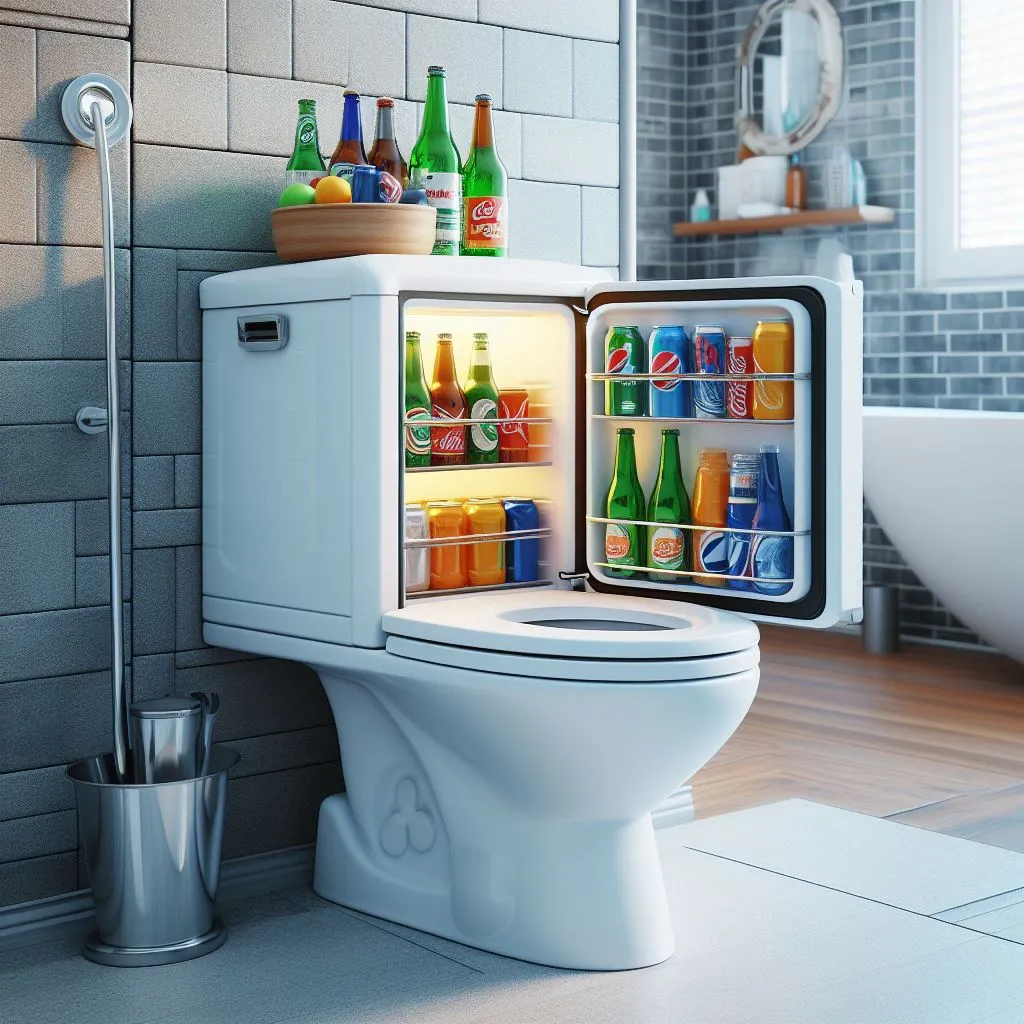
The idea of a mini fridge shaped toilet may seem like an odd fusion of kitchen and bathroom elements, but it actually stems from a desire to rethink traditional design paradigms. This innovative concept was born out of the increasing trend of multifunctional and space-saving furniture. As urban living spaces shrink, designers are constantly challenged to create items that serve multiple purposes or that can fit into compact spaces without sacrificing functionality.
The mini fridge shaped toilet is an epitome of this trend, merging the familiar and essential utility of a toilet with the nostalgic and often playful aesthetic of a mini fridge. This combination sparks curiosity and amusement while also offering practical benefits, making it a conversation starter and a unique addition to any bathroom.
Design and Features
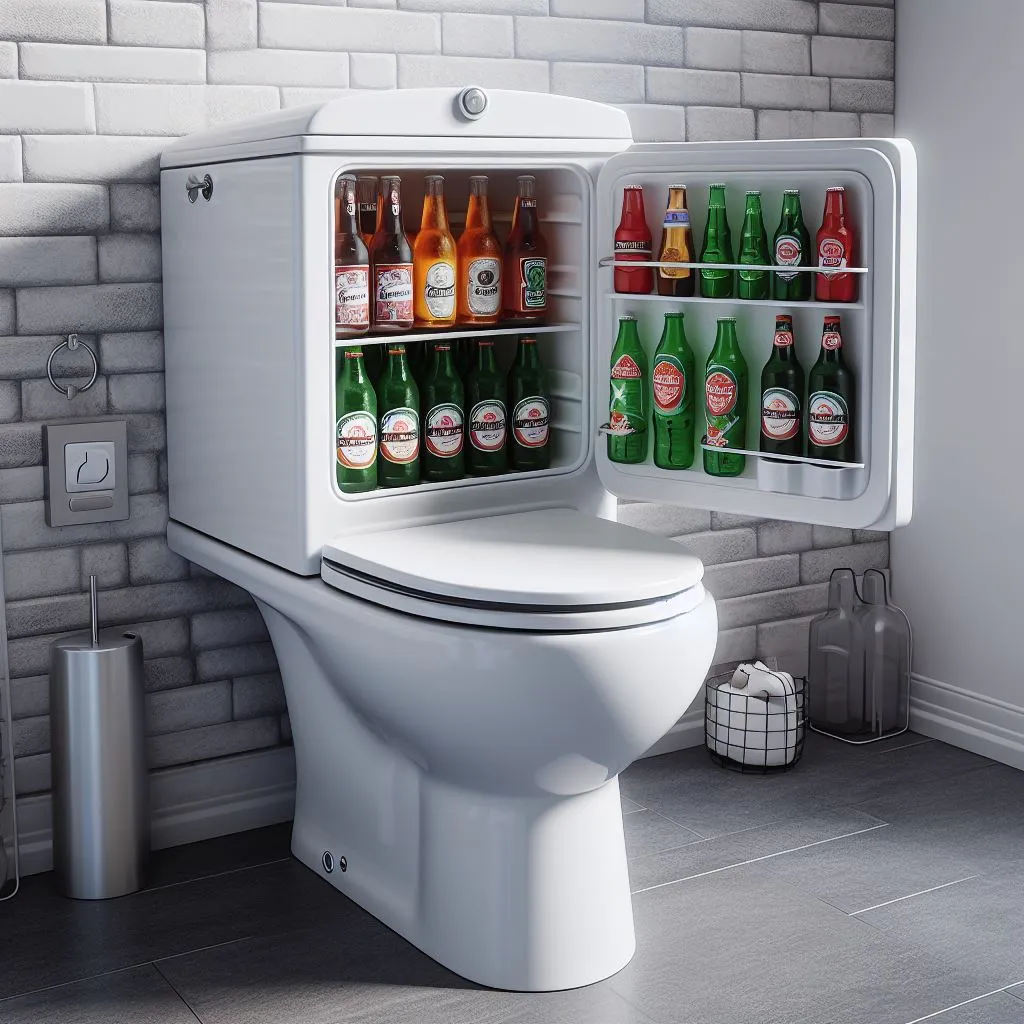
At first glance, the mini fridge shaped toilet looks like a standard mini fridge, with a boxy structure, a handle, and often a retro design complete with vibrant colors or a sleek metallic finish. However, the true genius lies in its dual functionality and subtle design tweaks that transform it from an ordinary kitchen appliance into a fully operational bathroom fixture.
1. Aesthetic Appeal: The exterior design mimics a classic mini fridge, which can evoke a sense of nostalgia and add a retro or quirky touch to the bathroom decor. Available in a variety of colors and finishes, it can complement different interior styles, from modern minimalist to vintage chic.
2. Functional Adaptations: Internally, the mini fridge shaped toilet retains the core functionalities of a standard toilet. The water tank and flushing mechanism are ingeniously concealed within the structure, maintaining the illusion of a mini fridge. The seating area is ergonomically designed to ensure comfort, while the lid operates similarly to a fridge door, adding an element of surprise and delight.
3. Eco-Friendly Options: Many models incorporate eco-friendly features such as dual-flush systems, which allow users to choose between a full or half flush, thereby conserving water. Some designs even integrate small storage compartments that can hold bathroom essentials, enhancing the practical utility of the unit.
Practical Applications and Benefits
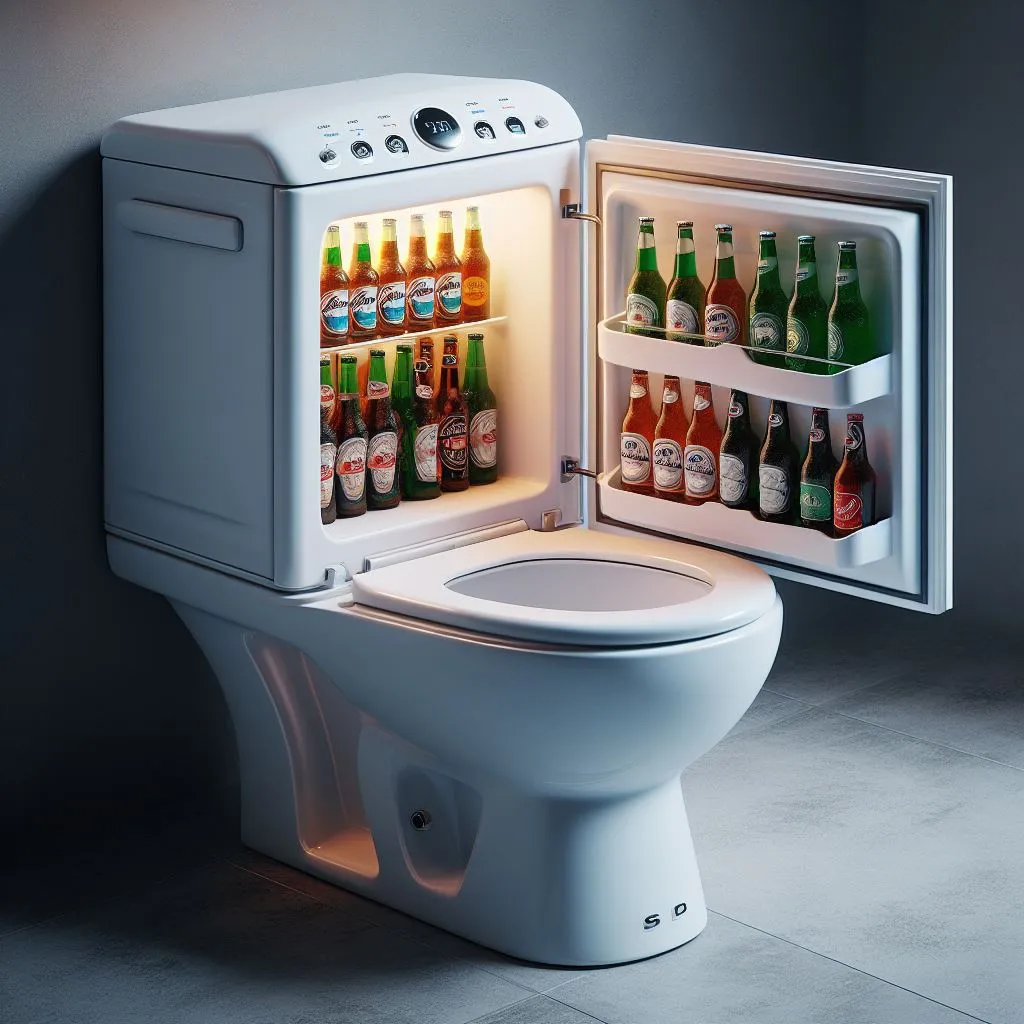
The mini fridge shaped toilet is more than just a novelty item; it offers several practical benefits that can make it a valuable addition to any home or commercial space.
1. Space-Saving Solution: In compact living spaces, every square inch counts. The mini fridge shaped toilet’s compact design can fit into smaller bathrooms, maximizing available space without compromising on essential bathroom functions. Its dual-purpose aesthetic also means it can blend into other areas, such as guest rooms or offices, where a traditional toilet might seem out of place.
2. Enhanced User Experience: The novelty of the design can make routine bathroom visits more enjoyable. This playful approach can be particularly appealing in family homes, where children may find the concept amusing and engaging, potentially fostering better bathroom habits.
3. Commercial and Hospitality Use: Hotels, restaurants, and cafes are always looking for unique ways to stand out. Incorporating a mini fridge shaped toilet can enhance the guest experience, creating memorable impressions and conversations. It can serve as a marketing tool, attracting visitors who are curious to see and use such an unusual fixture.
4. Accessibility and Convenience: For individuals with mobility issues or the elderly, the design can be adapted to provide easier access. Features like a higher seat or grab bars can be seamlessly integrated, making the toilet not only a stylish addition but also an accessible one.
Broader Implications for Design and Innovation
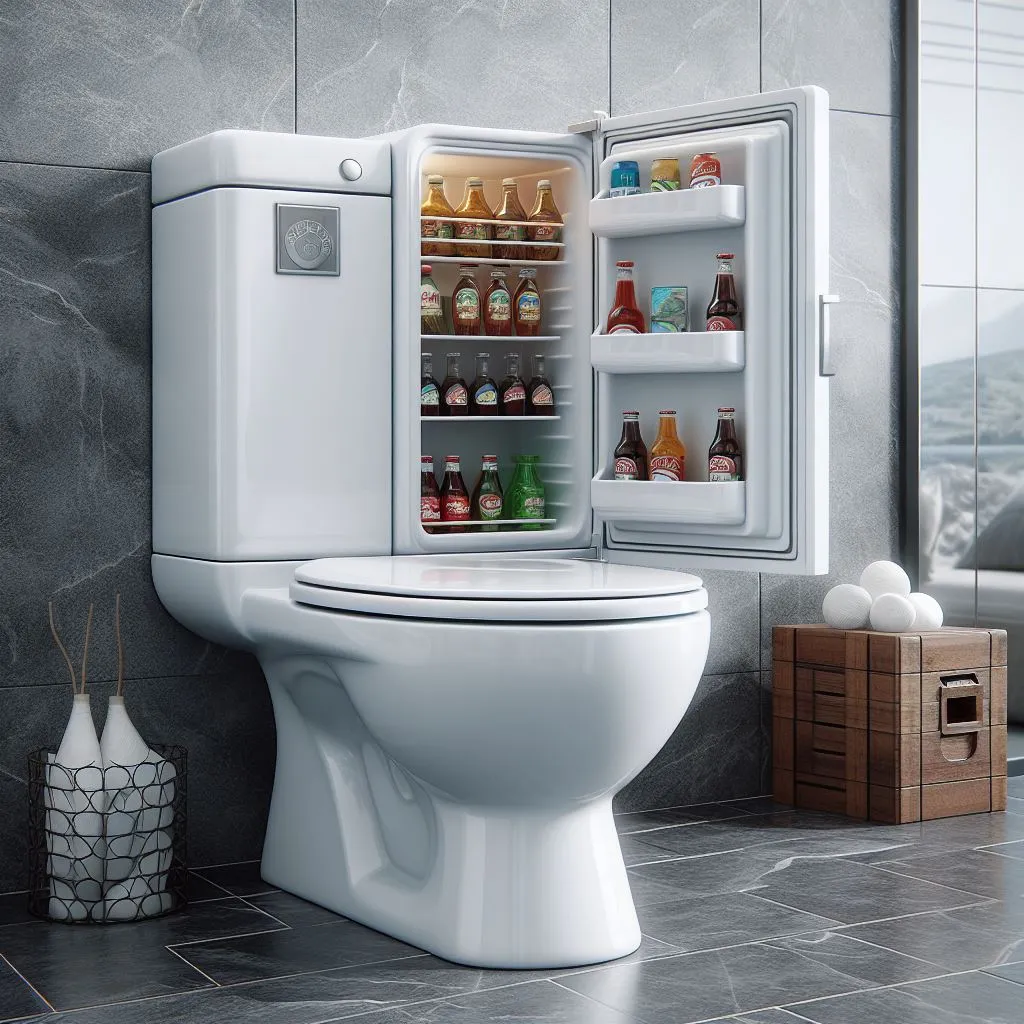
The mini fridge shaped toilet represents a broader trend in design where functionality and aesthetics are increasingly intertwined. This fusion challenges traditional notions of what household items should look like and how they should function, opening up new possibilities for creative expression and utility.
1. Redefining Household Norms: By breaking away from conventional designs, the mini fridge shaped toilet encourages us to rethink our approach to everyday objects. It invites designers to explore unconventional forms and functions, potentially leading to more innovations that enhance our living spaces.
2. Sustainable Design Practices: The integration of eco-friendly features within this concept highlights the growing importance of sustainability in design. As consumers become more environmentally conscious, the demand for products that combine style, functionality, and sustainability will continue to rise.
3. Influence on Future Trends: The success and popularity of such quirky yet practical designs could pave the way for other hybrid products, blending elements from different domains to create multifunctional items that cater to modern living needs. This trend can inspire industries beyond bathroom fixtures, influencing areas like furniture design, home appliances, and even architecture.
The Engineering Behind the Mini Fridge Shaped Toilet
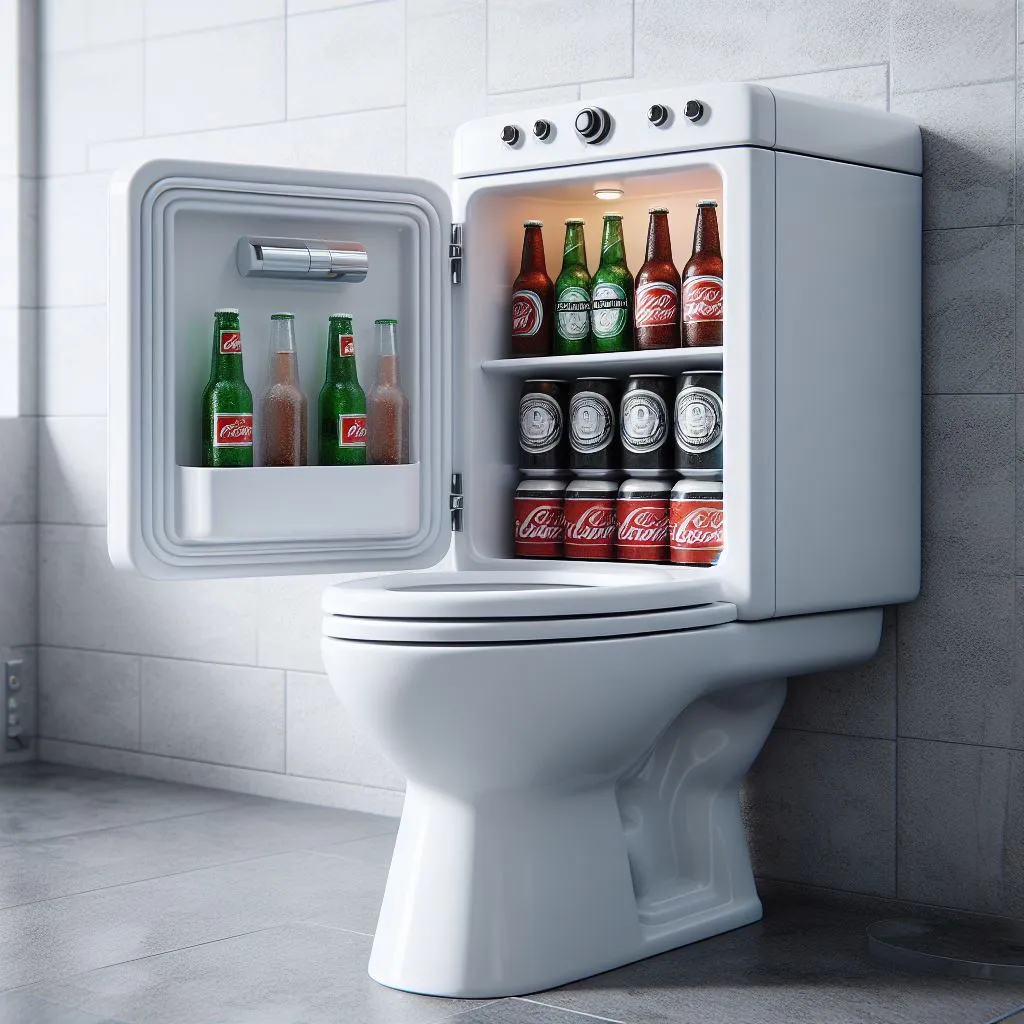
Delving deeper into the engineering aspects, the mini fridge shaped toilet is a marvel of modern design and technology. The challenge lies in incorporating the plumbing and mechanical components required for a fully functional toilet into the compact and aesthetically pleasing form of a mini fridge.
Plumbing and Flushing Mechanisms
1. Compact Plumbing Solutions: The plumbing system in a mini fridge shaped toilet needs to be incredibly compact and efficient. Engineers use advanced miniaturization techniques to integrate the water inlet, flushing mechanism, and waste outlet within the limited space. This often involves custom-designed, low-profile water tanks that fit seamlessly within the fridge-like structure.
2. Innovative Flushing Systems: To maintain the sleek design, the flushing system is typically a button or lever disguised as a fridge handle. Advanced models might feature sensor-based flushing mechanisms, where a simple wave of the hand triggers the flush, adding a touch of modern sophistication and hygiene.
3. Ventilation and Odor Control: Ensuring proper ventilation and odor control is critical. Some mini fridge shaped toilets incorporate built-in air purifiers or deodorizing systems to keep the bathroom smelling fresh. These systems can be discreetly integrated, ensuring they do not compromise the overall design.
Material and Construction
1. Durable Materials: The outer shell of the mini fridge shaped toilet is made from high-quality, durable materials that mimic the look and feel of a refrigerator. This can include stainless steel, high-density plastics, or enamel-coated metals, chosen for their resilience and ease of cleaning.
2. Ergonomic Design: Despite its unconventional appearance, the toilet seat and bowl are ergonomically designed to ensure comfort and ease of use. The seating area is often cushioned or contoured to provide a comfortable experience, mirroring the quality found in high-end traditional toilets.
3. Insulation and Noise Reduction: To enhance the user experience, the interior of the mini fridge shaped toilet may include sound-insulating materials. This ensures that the toilet operates quietly, maintaining the serene ambiance of the bathroom.
Marketing and Consumer Reception
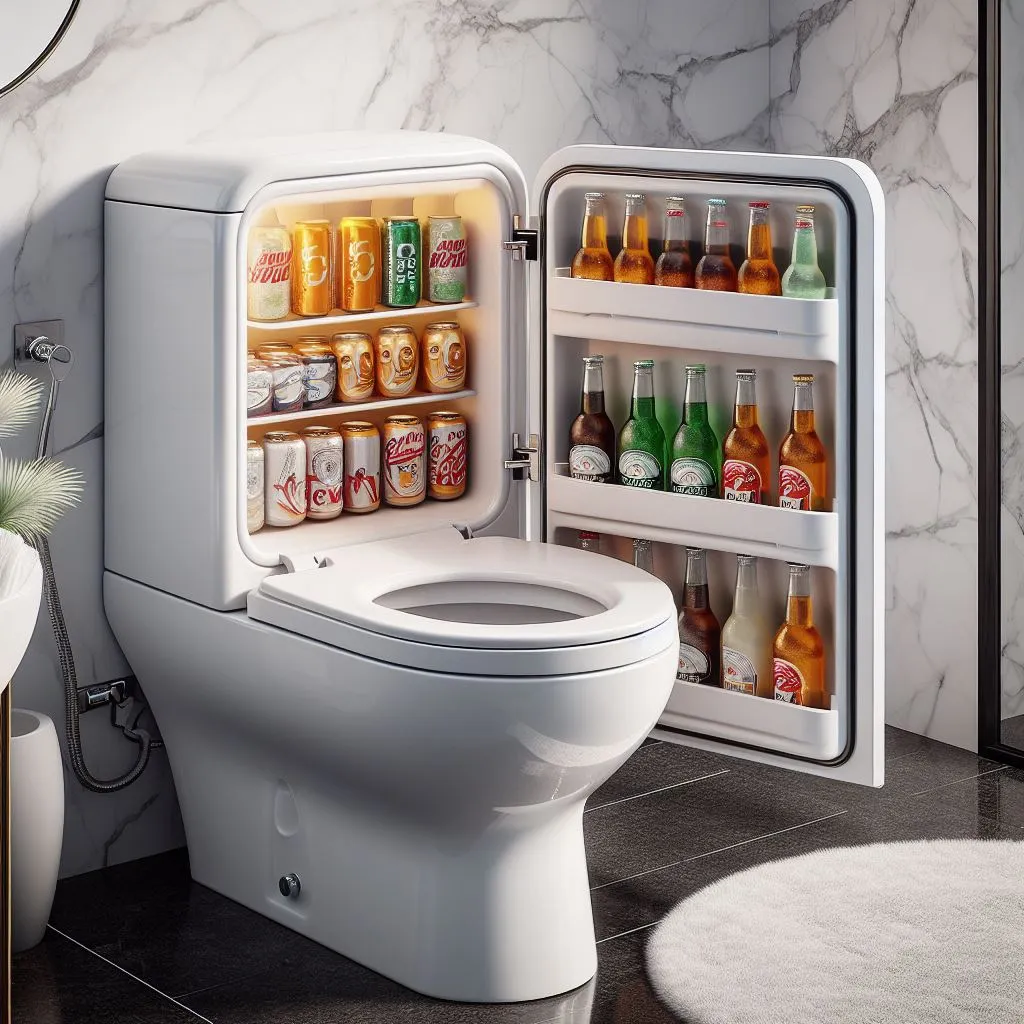
The introduction of the mini fridge shaped toilet into the market has been met with a mix of intrigue and enthusiasm. Its unique design and functionality appeal to a wide range of consumers, from those seeking to add a quirky touch to their homes to businesses looking to create memorable customer experiences.
Target Demographics
1. Urban Dwellers: In urban areas where space is at a premium, the mini fridge shaped toilet offers a compact solution that fits well into small apartments or studio lofts. Its dual-purpose design helps maximize limited space, making it an attractive option for city residents.
2. Design Enthusiasts: Interior designers and home decorators are always on the lookout for unique pieces that can set their projects apart. The mini fridge shaped toilet serves as a statement piece, blending functionality with a bold design that can become a focal point in any bathroom.
3. Commercial Spaces: Restaurants, cafes, and boutique hotels often seek to differentiate themselves through unique and memorable decor. The mini fridge shaped toilet can enhance the ambiance and customer experience, becoming a talking point and drawing in curious patrons.
Marketing Strategies
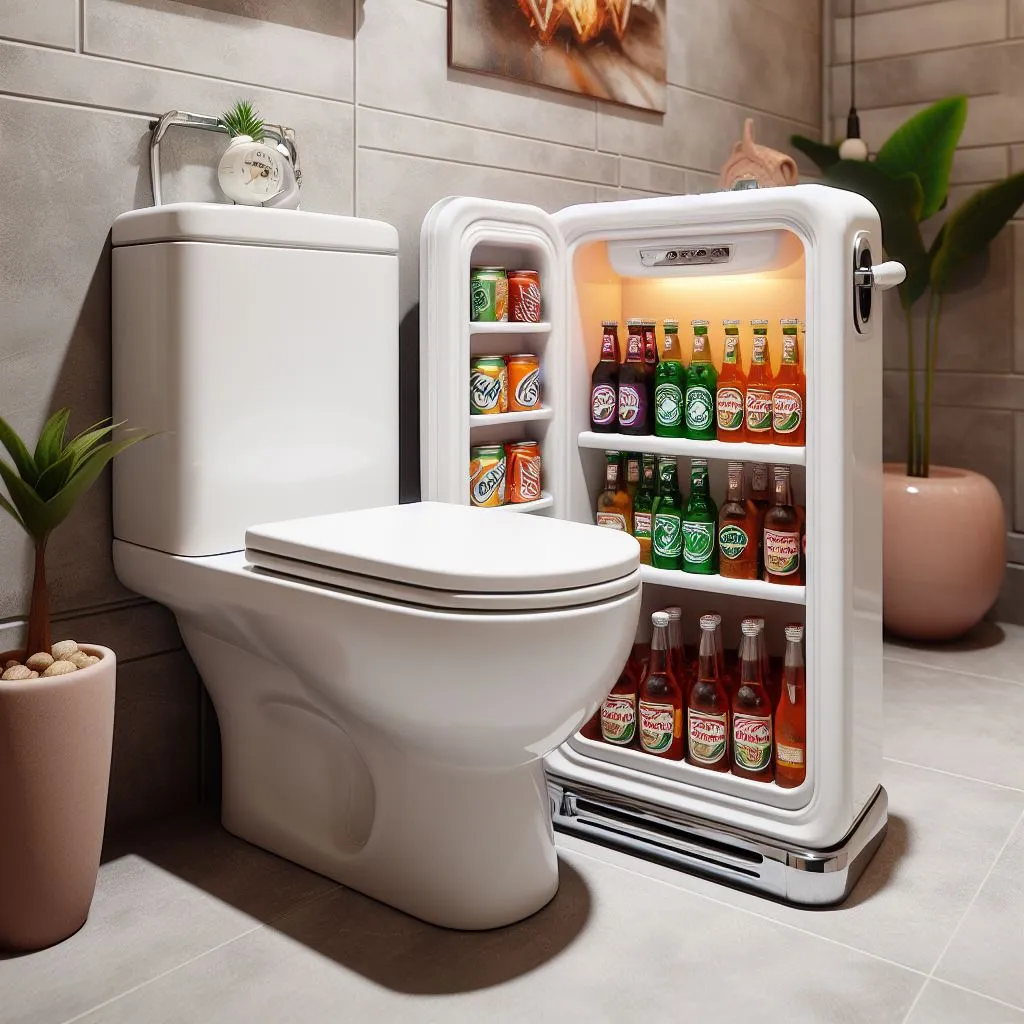
1. Social Media Campaigns: Leveraging the power of social media, marketing campaigns for the mini fridge shaped toilet focus on its novelty and design appeal. Platforms like Instagram and Pinterest are ideal for showcasing the product in stylish bathroom settings, engaging with a visually-driven audience.
2. Influencer Partnerships: Collaborating with influencers and design bloggers helps to generate buzz and credibility. By featuring the mini fridge shaped toilet in home makeover videos or design tutorials, influencers can demonstrate its functionality and aesthetic appeal to a broader audience.
3. Trade Shows and Exhibitions: Participating in design and home improvement trade shows allows manufacturers to showcase the mini fridge shaped toilet to industry professionals and potential buyers. Live demonstrations and interactive displays can effectively highlight its unique features and benefits.
Potential Challenges and Solutions
Despite its innovative design, the mini fridge shaped toilet does face certain challenges. Addressing these concerns is crucial for broader acceptance and success in the market.
Practical Concerns
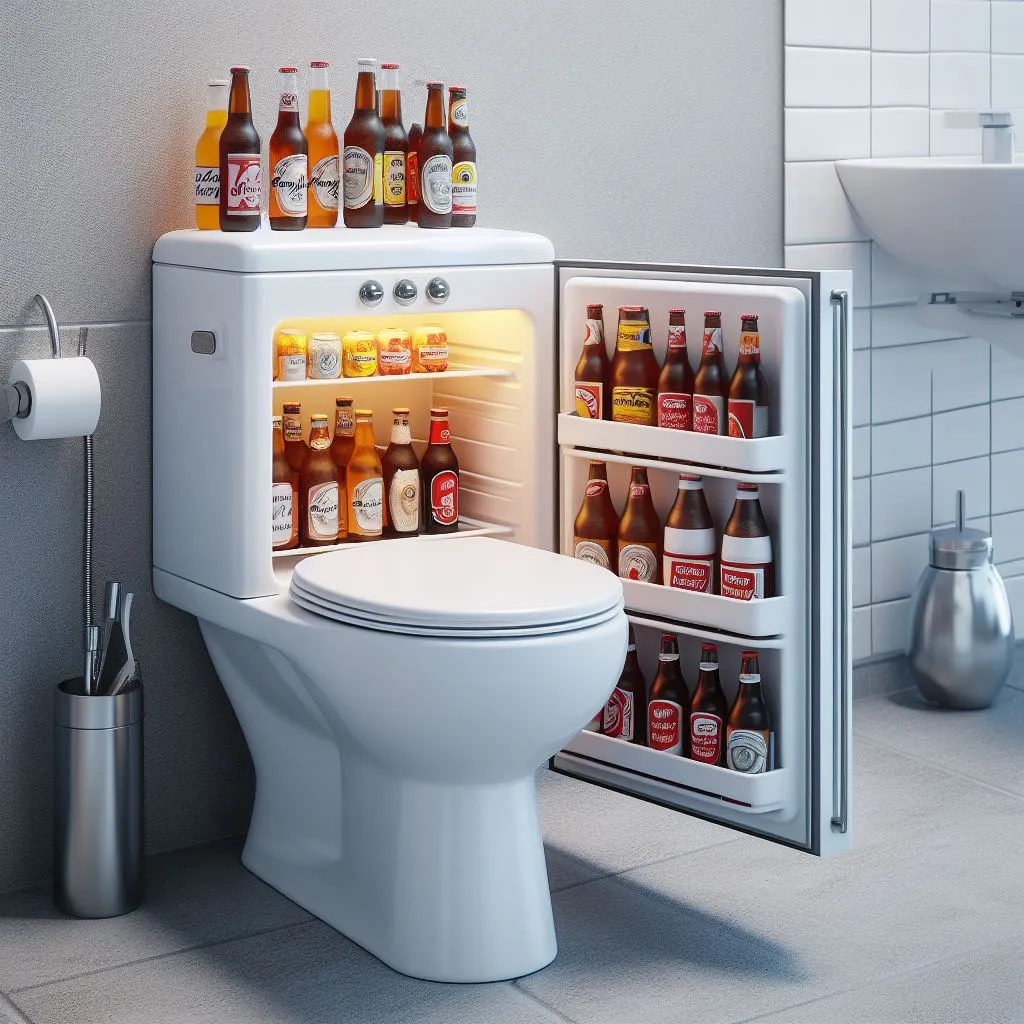
1. Perception of Novelty Over Functionality: Some consumers might view the mini fridge shaped toilet as a novelty item rather than a practical bathroom fixture. To counter this perception, marketing efforts should emphasize its functionality, durability, and comfort, highlighting real-life applications and user testimonials.
2. Cost Considerations: The advanced design and engineering required for the mini fridge shaped toilet may result in a higher price point compared to traditional toilets. Offering a range of models at different price levels, including more affordable options, can make it accessible to a wider audience.
3. Maintenance and Repairs: Ensuring that the mini fridge shaped toilet is easy to maintain and repair is crucial for long-term customer satisfaction. Providing comprehensive warranties, readily available replacement parts, and detailed maintenance guides can help address these concerns.
Future Prospects and Innovations
The success of the mini fridge shaped toilet opens up exciting possibilities for future innovations in bathroom design and beyond. As consumer demand for unique and multifunctional products grows, manufacturers are likely to explore new concepts that push the boundaries of conventional design.
Smart Technology Integration
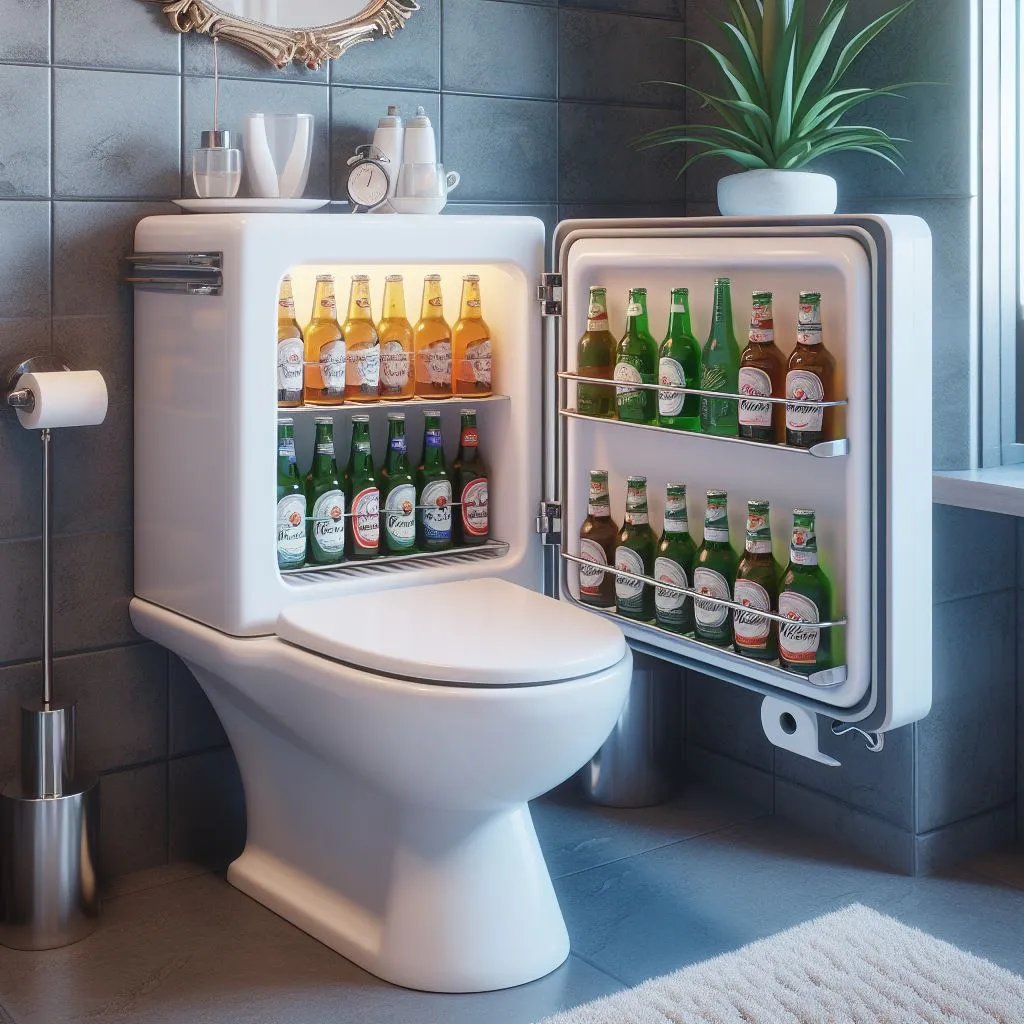
1. Smart Features: Future iterations of the mini fridge shaped toilet could incorporate smart technology, such as automated lid opening, self-cleaning functions, and integrated bidet features. Connectivity with home automation systems would allow users to control and monitor the toilet via smartphone apps.
2. Health Monitoring: Advanced models might include health monitoring capabilities, such as analyzing waste for early detection of medical conditions. This integration of health tech into everyday objects could provide valuable health insights and promote proactive healthcare.
Expanding Beyond the Bathroom
1. Multifunctional Furniture: Inspired by the success of the mini fridge shaped toilet, designers may develop other multifunctional furniture items that blend unexpected elements. For example, a washing machine shaped as a cabinet or a sofa with built-in refrigeration could revolutionize home interiors.
2. Customizable Designs: Offering customizable options, such as different exterior finishes, colors, and patterns, can cater to individual tastes and preferences. This personalization allows consumers to integrate unique pieces seamlessly into their home decor.
Conclusion
The mini fridge shaped toilet stands as a bold testament to the power of creative design and innovation. By merging the playful aesthetic of a mini fridge with the essential functionality of a toilet, this unique fixture challenges conventional norms and opens up new possibilities for multifunctional, space-saving solutions.
Its potential to transform both residential and commercial spaces, combined with the growing trend of integrating smart technology and sustainable practices, positions the mini fridge shaped toilet at the forefront of modern design innovation. As we continue to seek out ways to enhance our living environments, embracing such imaginative and practical designs will undoubtedly play a crucial role in shaping the future of interior design.
In the end, the mini fridge shaped toilet is more than just a quirky novelty; it is a symbol of the endless possibilities that arise when functionality meets creativity. Whether it becomes a staple in homes or a unique attraction in commercial spaces, its impact on design thinking and consumer expectations is set to be profound and long-lasting.

